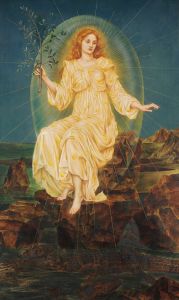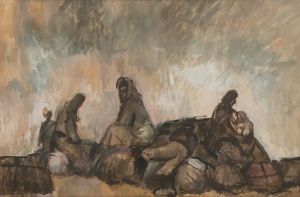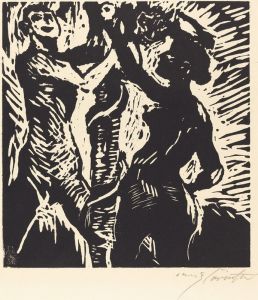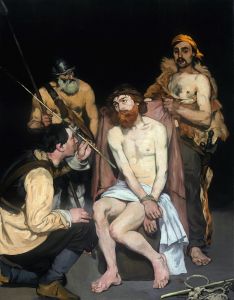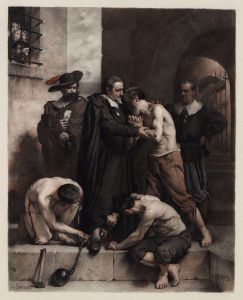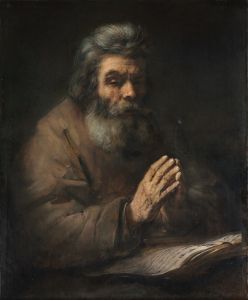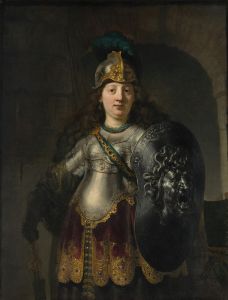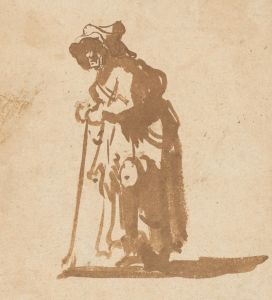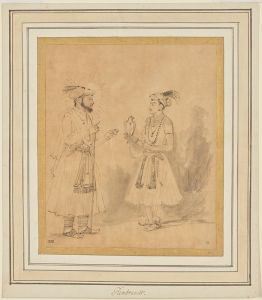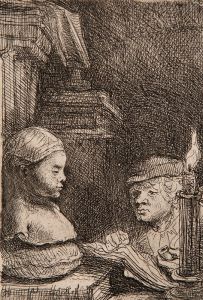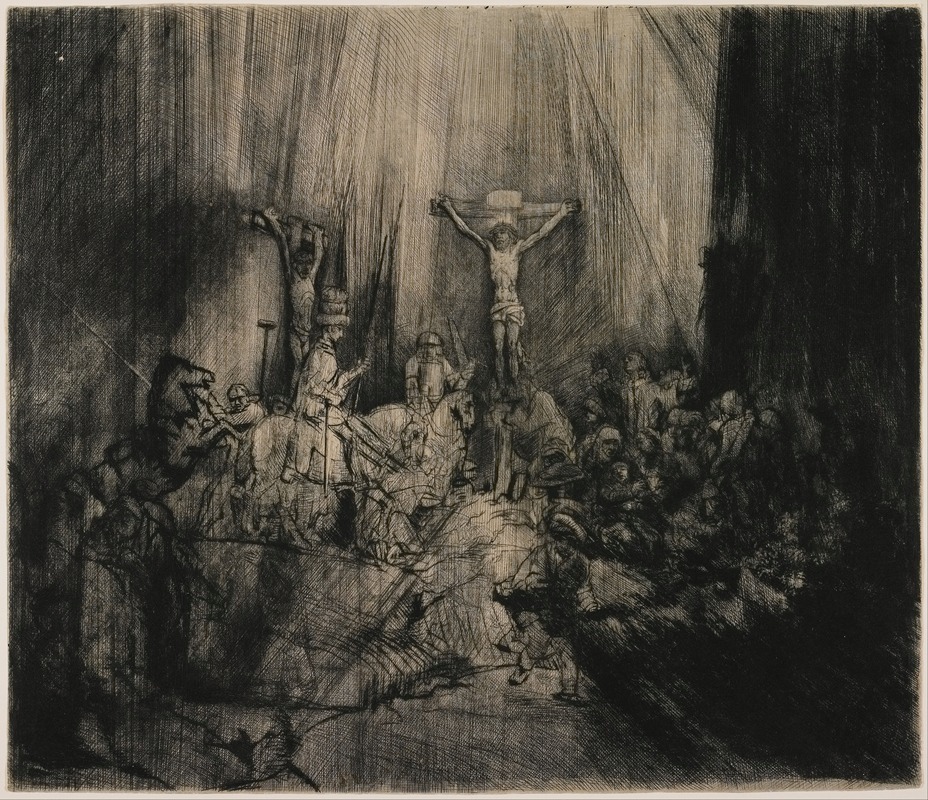
The Three Crosses
A hand-painted replica of Rembrandt van Rijn’s masterpiece The Three Crosses, meticulously crafted by professional artists to capture the true essence of the original. Each piece is created with museum-quality canvas and rare mineral pigments, carefully painted by experienced artists with delicate brushstrokes and rich, layered colors to perfectly recreate the texture of the original artwork. Unlike machine-printed reproductions, this hand-painted version brings the painting to life, infused with the artist’s emotions and skill in every stroke. Whether for personal collection or home decoration, it instantly elevates the artistic atmosphere of any space.
"The Three Crosses" is a renowned work by the Dutch artist Rembrandt van Rijn, created in 1653. This piece is a drypoint and etching print, notable for its dramatic use of light and shadow, which is characteristic of Rembrandt's work. The artwork depicts the crucifixion of Jesus Christ, a common theme in Christian art, but Rembrandt's interpretation is distinguished by its emotional depth and dynamic composition.
The scene captures the moment of the crucifixion at Golgotha, with Jesus on the central cross, flanked by the two thieves who were crucified alongside him. The composition is dense with figures, including Roman soldiers, onlookers, and followers of Christ, each contributing to the narrative and emotional intensity of the scene. Rembrandt's use of chiaroscuro, the contrast between light and dark, is particularly effective in this work, drawing the viewer's eye to the central figure of Christ and highlighting the drama of the moment.
"The Three Crosses" is notable for its evolution over several states, which is a term used in printmaking to describe different stages of a print as the artist makes changes to the plate. Rembrandt made significant alterations to the composition over four states, with each version showing changes in details, figures, and the overall mood of the scene. The first state is characterized by a more detailed and crowded composition, while the later states, particularly the fourth, show a shift towards a more dramatic and simplified depiction, with increased emphasis on the play of light and shadow.
The fourth state, which is often considered the most powerful, features a darker and more somber atmosphere, with many of the figures in the background obscured by shadow. This change enhances the focus on the central event of the crucifixion and heightens the emotional impact of the scene. Rembrandt's ability to convey such profound emotion and narrative through the medium of printmaking is a testament to his skill and innovation as an artist.
"The Three Crosses" is housed in several collections, with impressions of the various states held by major museums around the world, including the Rijksmuseum in Amsterdam and the British Museum in London. The work is celebrated not only for its technical mastery but also for its ability to convey the spiritual and human drama of the crucifixion with a depth and immediacy that continues to resonate with viewers today.
Rembrandt's exploration of religious themes in "The Three Crosses" reflects his broader interest in the human condition and his ability to depict complex emotions and narratives. This work stands as a significant example of his printmaking prowess and his enduring legacy as one of the most important artists of the Dutch Golden Age.





